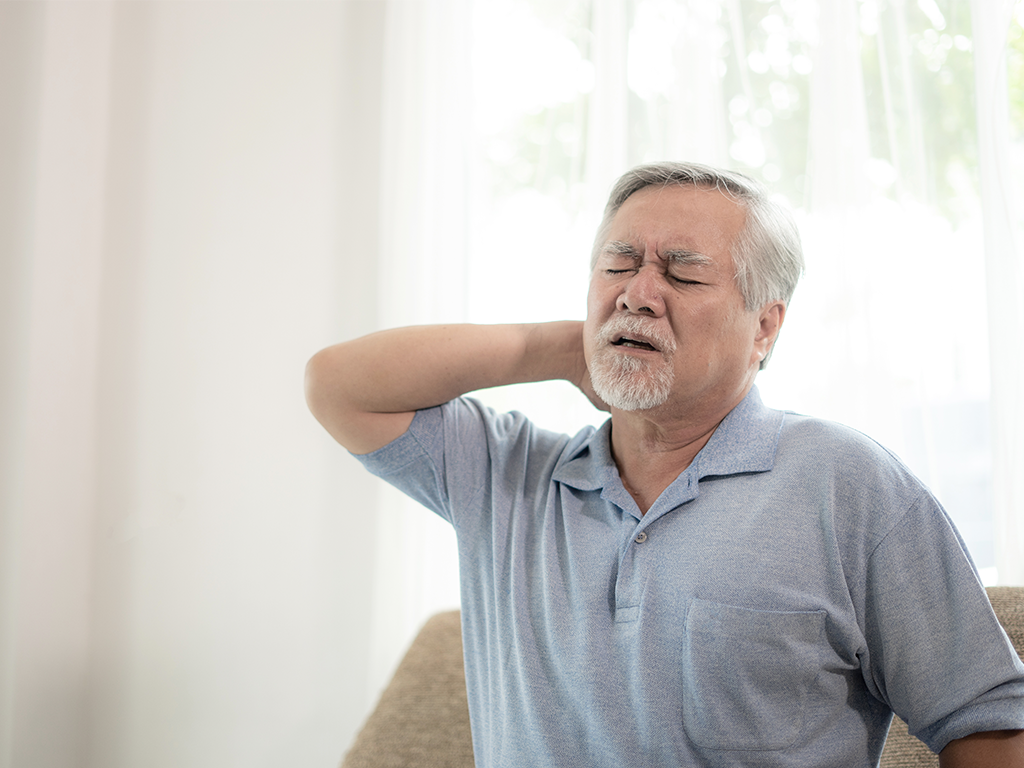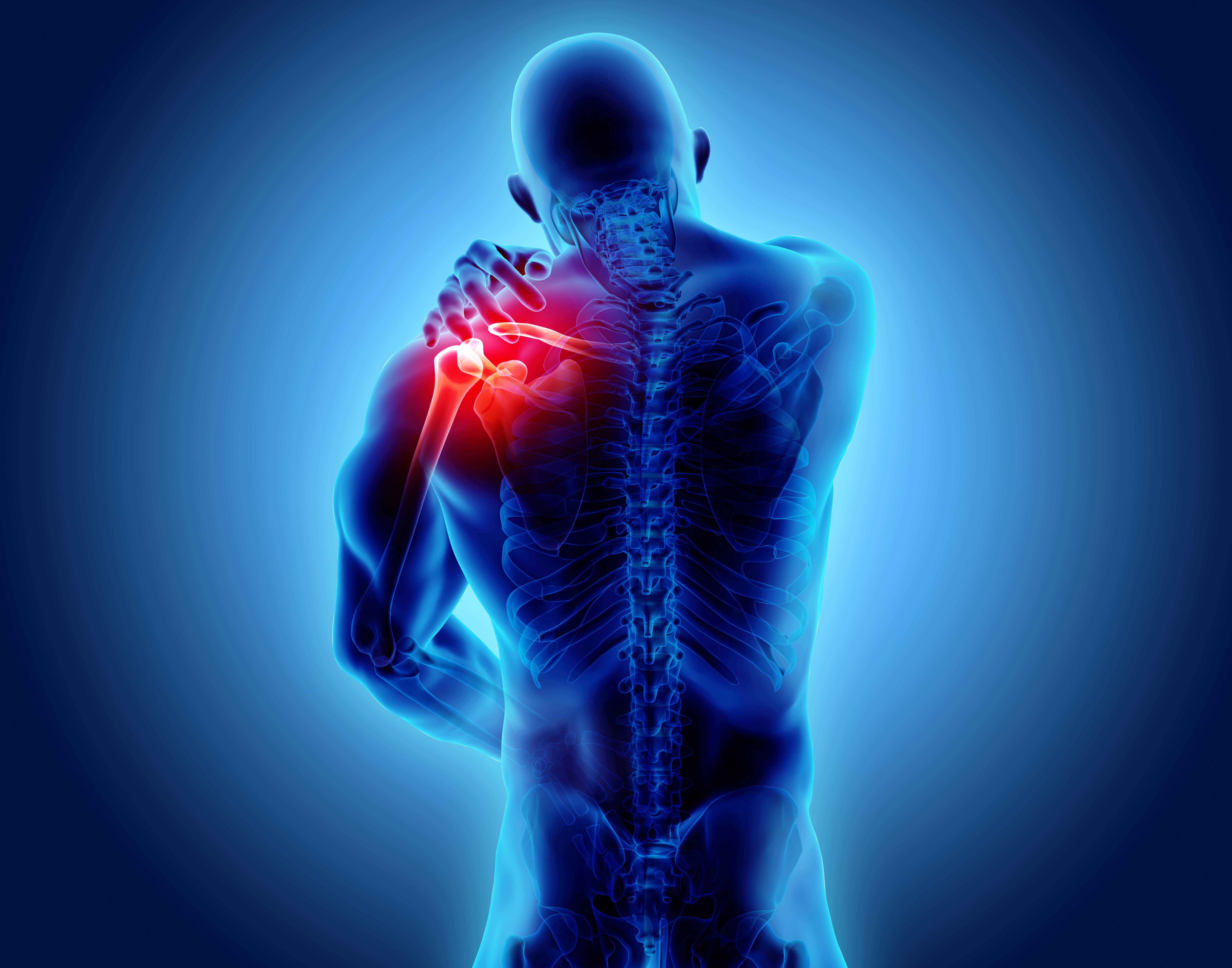
5 Facts about Cervical Osteoarthritis
Before we get into the facts about Cervical Osteoarthritis, first we need to understand what is Cervical Osteoarthritis. Cervical Osteoarthritis is a condition involving changes to the bones, discs, and joints of the neck. The causes of those changes are normal wear-and-tear of aging. After years and years, the discs of the cervical spine gradually break down, lose fluid, and become stiffer. Mostly happened in middle-aged and elderly people. It most often causes neck pain and stiffness.
Cervical osteoarthritis may be caused by several factors
Now we all know that cervical osteoarthritis occurs when the protective cartilage that lines your back neck joints wear down over time, which causes friction between bone and bone and osteophytes (bone spurs) to develop and leads to pain and inflammation.
There are other evidence says that genetics play a role in the development of osteoarthritis. Enduring a neck injury, working a physically demanding job, and being overweight all may also be one of the factor of symptomatic osteoarthritis.
Cervical osteoarthritis pain begin gradually
On many occasions, cervical osteoarthritis doesn’t cause pain. If pain does occur, it usually begins slowly, not suddenly, and comes from the inflammatory response to arthritic changes. If your neck pain grows rapidly from non-existent to severe, then it unlikely to signal cervical osteoarthritis, but something else. Sometimes the sharp pain is a muscle cramp reacting to underlying arthritis.
Cervical osteoarthritis pain usually feels achy and stiff rather than sharp. it can be very painful in the morning before you get up can move around. And the pain may come back again at the end of the day.
There’s no surefire imaging method to diagnose cervical osteoarthritis
There is no single imaging test to determine whether or not you have cervical osteoarthritis currently exists. X-rays and MRIs are often acquired if the pain is long-term, and these tests often reveal a certain degree of osteoarthritis in people over the age of 55, but they can’t identify the cause of the pain. The doctor may need to use image-guided injections to identify the source of the pain for reviewing a person’s medical history and performing a medical examination.
Cervical osteoarthritis is often confused with rheumatoid arthritis
Cervical osteoarthritis and rheumatoid arthritis can both occur in the cervical spine, and their pain may feel similar, but the pathologies are very different. Rheumatoid arthritis is an autoimmune disease and often go with other symptoms, including fatigue and loss of appetite. Other than that, rheumatoid arthritis is more likely to develop in the upper part of the neck, while cervical osteoarthritis often develops at lower in the back.
Cervical osteoarthritis can’t be “cured,” but symptoms can be treated
Cervical osteoarthritis tends to get worse as people age. But even as it gets worse, the inflammation can be treated and often removed. Treatment options for cervical osteoarthritis differ and depend on the condition whether it is serious or not of the symptoms. Typically, doctors recommend non-surgical treatments such as regular exercise, rest, heat/ice therapy, medications, good posture, and ergonomic workstations. Physical therapy, quitting smoke and losing weight also suggested doing them.








